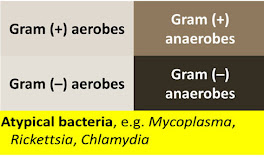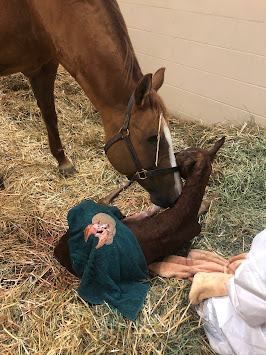99 problems...part 3: sensitivity, MIC, and the antibiogram
How can the laboratory help me make better choices with antimicrobials? Sensitivity Analysis: What does it mean? Sensitivity analysis determines how well that organism can grow in the presence of a particular antimicrobial at varying concentrations in vitro (on the culture plate). But this is not reality: the bacteria has been removed from the site of infection (e.g. uterus, lung, skin etc) and conditions have changed. Even if an organism is sensitive to the antimicrobial tested on the culture plate inside the horse it be unaffected. The goal of sensitivity analysis is to assess at what concentration of antimicrobial we would reasonably expect treatment success, and with knowledge of the conditions at the site of infection, whether is it reasonable to assume we can achieve that concentration. This is a judgment call based on our experience and knowledge of biology. The conditions at the site of infection can render the antimicrobial ineffective, or where ...


